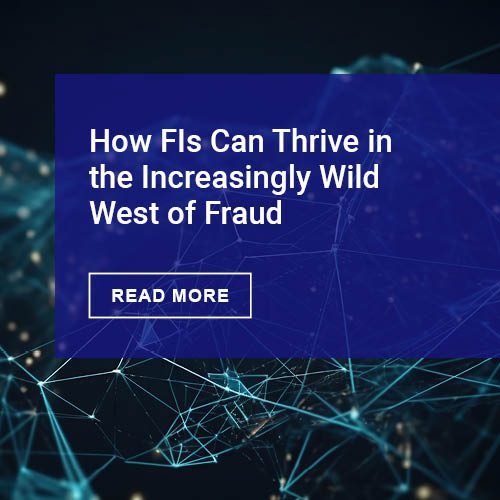This is the little-known story of the paper check and how it went from a jet-setting form of payment to a virtual currency, almost overnight.
We got here not by the advent of technology innovation or even the rise of the internet. Rather, it was a single day in history that triggered a blunt force coming-of-age for payments, when the FAA grounded all air traffic in the wake of September 11.
Prior to September 11, 2001, on any given day, as much as 6 billion dollars in paper check payments were in circulation on flights across the United States. That was 46,000 pounds of checks shuttled to various clearance centers around the nation for daily processing.
After the Federal Aviation Association placed grounding restrictions on all domestic flights post 9/11, a flood of check payments were stalled from processing. Daily check float skyrocketed to $47 billion, which was about eight times the normal daily amount. With the entire fleet of Federal Reserve jets grounded, check payments were stuck with no fast way to get from A to B.
While this shockwave of historic magnitude struck the American banking system overnight, the problem with checks—it seemed—was on their radar for some time.
Something’s gotta give
The technology for the digital same-day processing of checks existed for nearly two decades before it was utilized because outdated legislation required the presentation of a physical check for processing.
In light of September 11, the Federal Reserve Board took action in October 2003 with a piece of legislation in Congress called the “Check 21 Act”. It was adopted the following year.
The act authorized fully electronic clearance of checks in place of the physical check. This process was eligible for consumer checks, travelers checks, commercial checks, money orders, and treasury checks.
The new verification process is best explained by the Federal Reserve Bank of Philadelphia:
“This legislation initially permitted a paper substitute digital image of a check, and later an electronic digital image of a check, to be processed and presented for payment on a same-day basis.”
A “substitute check” would be issued for processing as the legal equivalent of the original paper check if it met these requirements:
- All information matches (front and back) same as the original check and time original check was truncated
- Accurate representation of the MICR (magnetic ink character recognition) line of the original check
- Check includes: “This is a legal copy of your check. You can use it in the same way you would use the original check.”
Next-gen payment methods poised for a takeover
The Act’s widespread efficiency gains and cost savings turned some heads. The Research Department of The Federal Reserve Bank of Philadelphia took notice of this windfall of savings that they summarized in a research paper called “Getting Rid of Paper: Savings from Check 21 (PDF).”
“By shifting to electronic collection and presentment, the Federal Reserve reduced its per item check processing costs by over 70%, reducing estimated overall payment system costs by $1.16 billion in 2010. In addition, payment collection times and associated float fell dramatically for collecting banks and payees [ …]”
With this influx of savings, it’s not surprising that the private sector is embracing next-gen mobile payment services like Dwolla, Square, Venmo, and others.
With the passage of the Check 21 Act, banks are allowed to use electronic images of checks instead of paper to process payments. This has eliminated the need for large scale paper efforts in processing via flying payments across the country.
According to the Federal Reserve Bank of Philadelphia, paper checks are projected to completely disappear by the year 2026. What does this mean for your business? A few things.
What it means for B2B payables
The death knell has already sounded for paper checks. Square’s takeover of Bank Of America’s former check processing building in downtown San Francisco confirms it. What was once “the most highly automated center any bank can boast” is now the headquarters for a mobile payments company.
This tells us a lot about the future of payments.
The coming-of-age of payments ushered in through the Check 21 Act caused a seismic shift for businesses. The reactionary approach to payments doesn’t scale and paper checks aren’t considered a “cost of doing business” anymore.
Businesses who choose to automate before being coerced by circumstances will be rewarded with an even higher threshold of savings. Most companies stand to see a 75 percent reduction in AP costs at the outset of implementing payment automation, with a 60 percent efficiency increase.
Doing what you’ve always done won’t just cause you to miss out on efficiency—it will cost you money.
Lack of adoption for electronic payments in B2B transactions is still a widespread problem. With 50 percent of businesses still using paper checks as their primary mode of payment, the inefficient paper processes maintained by accounting professionals still have a long way to go.
While the benefits of paying electronically are plain, it’s ultimately a numbers game for the leanest businesses. Businesses who use smart operational advantages scale faster and respond to unpredictable changes in the market or customer preferences with more agility.
As payment processing software for B2B payables begins the takeover, alternatives to paper checks will increasingly become the preferred method to pay vendors. More vendors will be familiar with ePayments, and may even grow to expect it from their customers.
While paper checks no longer need to hop a flight to get to their destination— a whole new world of possibilities has appeared with virtual forms of currency. We can’t help but notice that businesses who survive the extinction of the paper check won’t be ones last in line to automate.
Lauren Ruef is a Research Analyst for Nvoicepay with years of experience conducting market research and crafting digital content for technology companies. Nvoicepay optimizes each payment made, streamlines payment processes, and generates new sources of revenue, enabling customers to pay 100% of their invoices electronically, while realizing the financial benefits of payment optimization.











